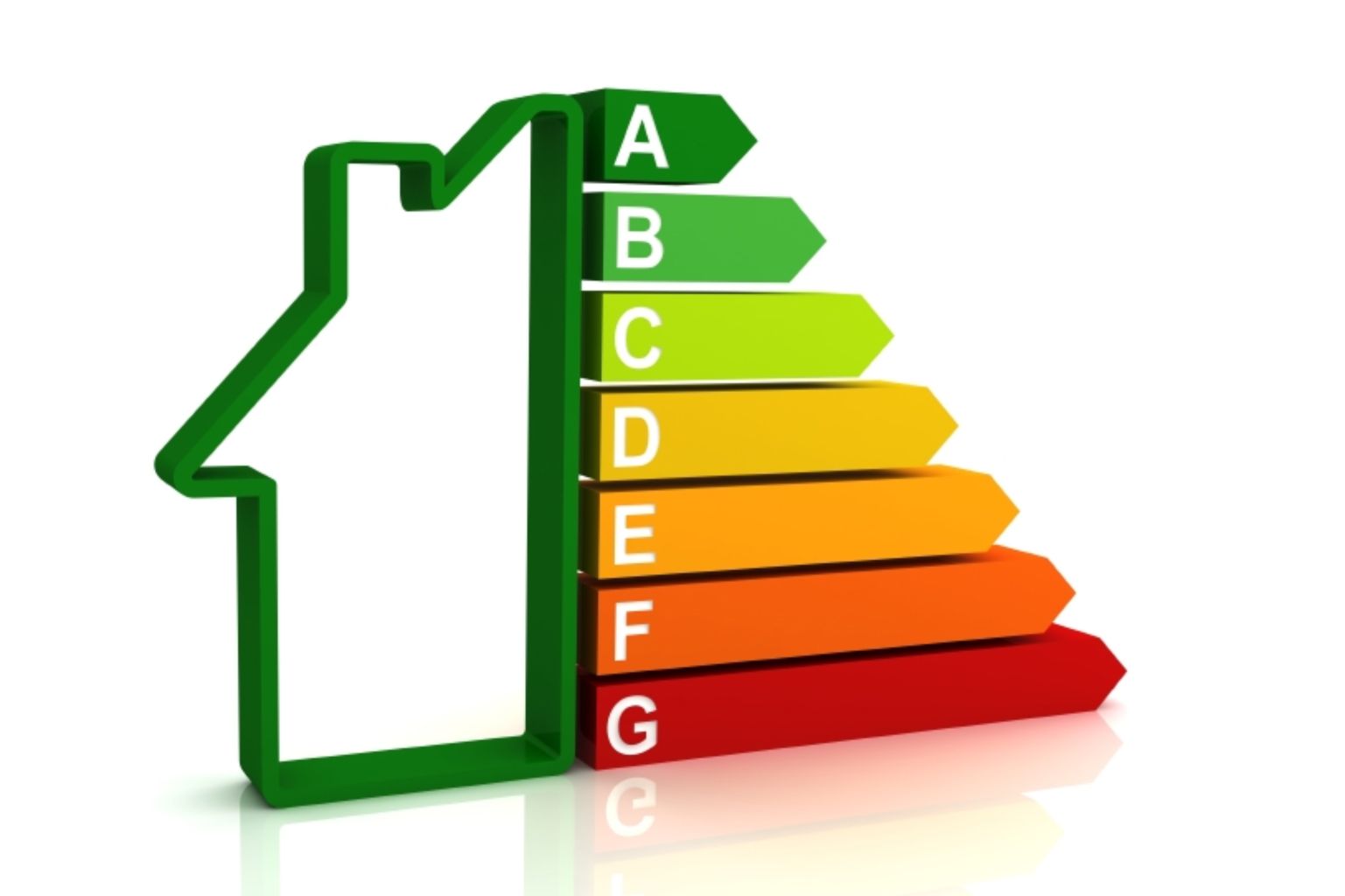
A cost effective method to meet carbon reduction targets
AeroTherm is a revolutionary, new highly reflective 1mm insulation coating which provides an alternative to conventional solid wall insulation methods, at half the fully installed cost.
Manufactured from a combination of vacuum filled, reflective, glass micro-spheres and Aerogel, the combination of reflection and insulation provides energy savings comparable to traditional insulation methods. It also produces a more comfortable living space at lower thermostat settings.
It is best applied to the internal surfaces of exterior walls and ceilings. It is particularly effective in reducing the chill factor felt in north facing rooms and works well to reduce cold bridging around window and door reveals. As AeroTherm absorbs heat, your walls will feel warm. Aero-Therm then reflects heat back into your room, creating a more even temperature distribution from the ceiling to the floor. A further benefit of creating warm walls is a much reduced risk of condensation and mould on your walls.
With a number of large energy companies failing to meet their recent Carbon reduction targets, Aerotherm provides a rapid low cost solution. Centrica British Gas, the country’s biggest energy provider, for example, was fined more than £11million for failing to install free loft and cavity wall insulation on time to 6,750 homes.
As the number of easy to insulate cavities and lofts rapidly reduces, the cost of implementing carbon reduction measures is increasing. So what alternatives do energy companies have? Once the cavities are filled and the lofts are insulated, the next most popular measure is that of internal or external wall insulation – and now the costs really increase. According to the Energy Savings Trust, the average cost of insulation for a detached home is £395 (loft insulation), £720 (cavity wall insulation), £10,000 (internal wall insulation – IWI) and £18,000 (external wall insulation – EWI). Despite the fact that carbon savings available from internal or external wall insulation are almost twice that of loft and cavity insulation, the cost per tonne of carbon saved is rapidly increasing – a cost that will eventually be passed onto all energy payers.
But are IWI and EWI practical measures? IWI is a complex installation whereby you lose 100mm of internal space. As for EWI, if the planning department allow the change in appearance, then you must consider the fact that external plumbing, rainwater downpipes, foul sewer vents and electrical connections all need relocating.
Is IWI and EWI the answer to reducing carbon emissions in a cost effective and an acceptable manner to homeowners? In some cases, yes it is will provide a solution, albeit a costly one at somewhere between £211 and £379 per tonne of carbon (taking the average costs above and assuming carbon savings of 1.9 tonnes per annum are achieved for 25 years). But for many, AeroTherm will provide a far more practical solution at an estimated cost of carbon at less than £150 a tonne.
For further information on AeroTherm call us on 01924 848020 or click here to contact us.